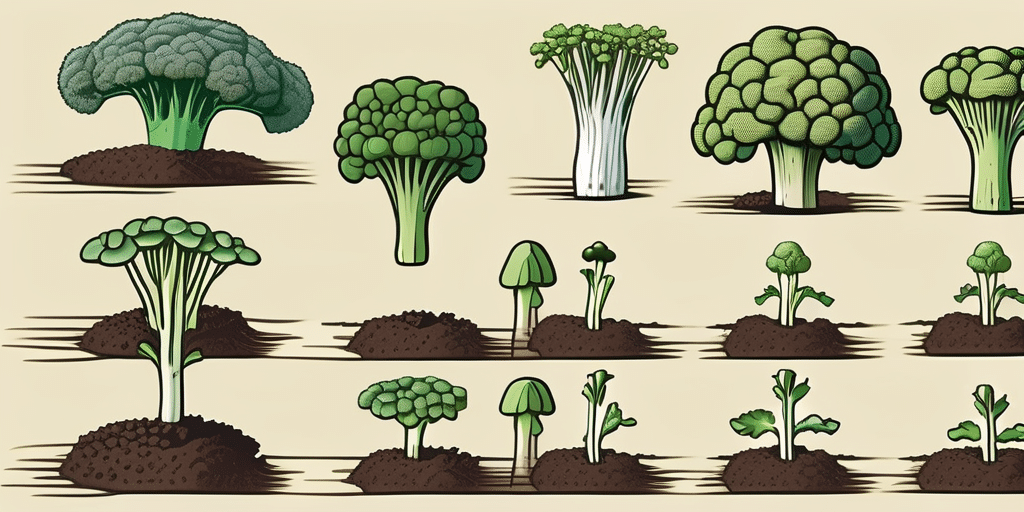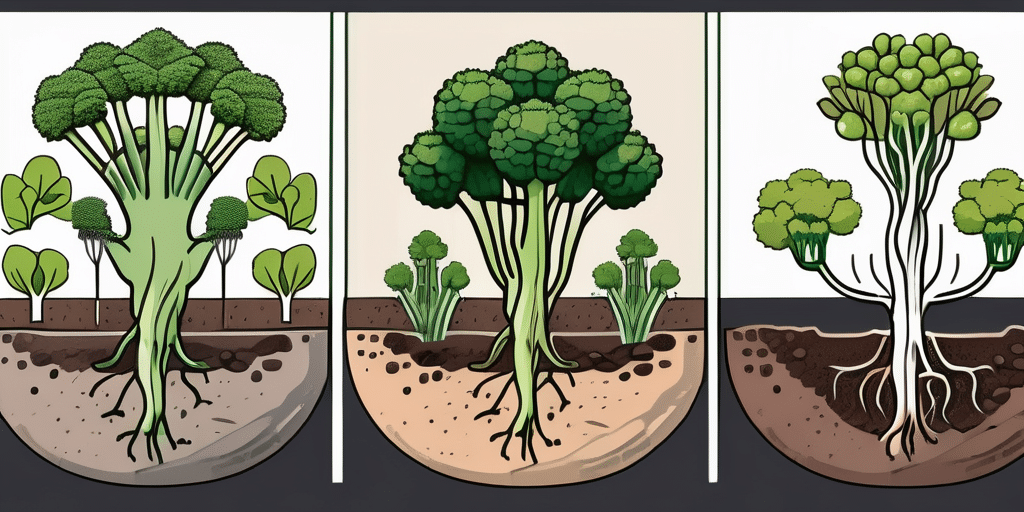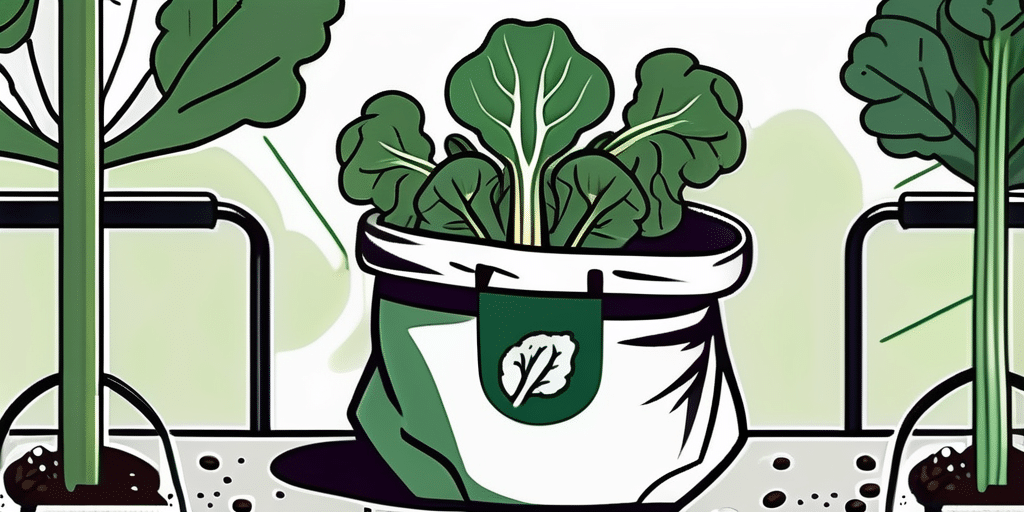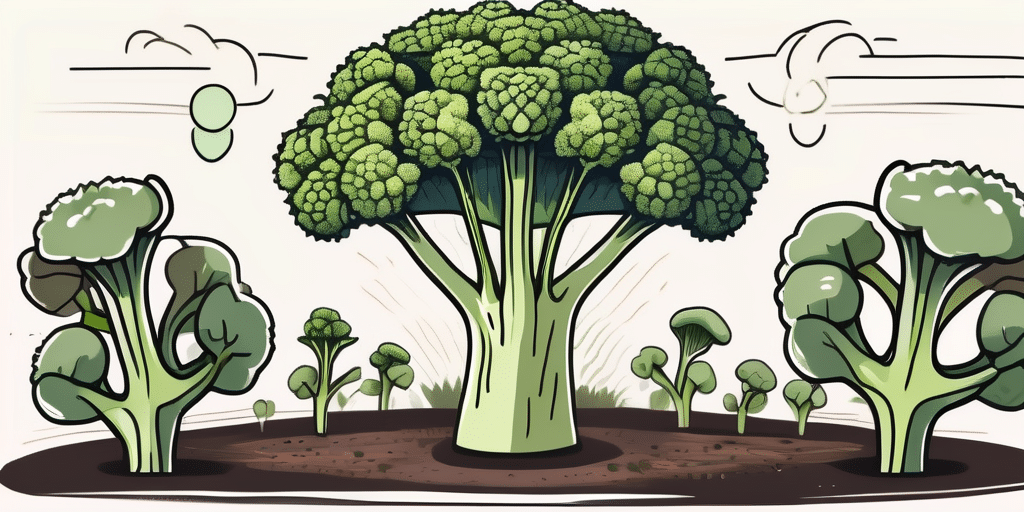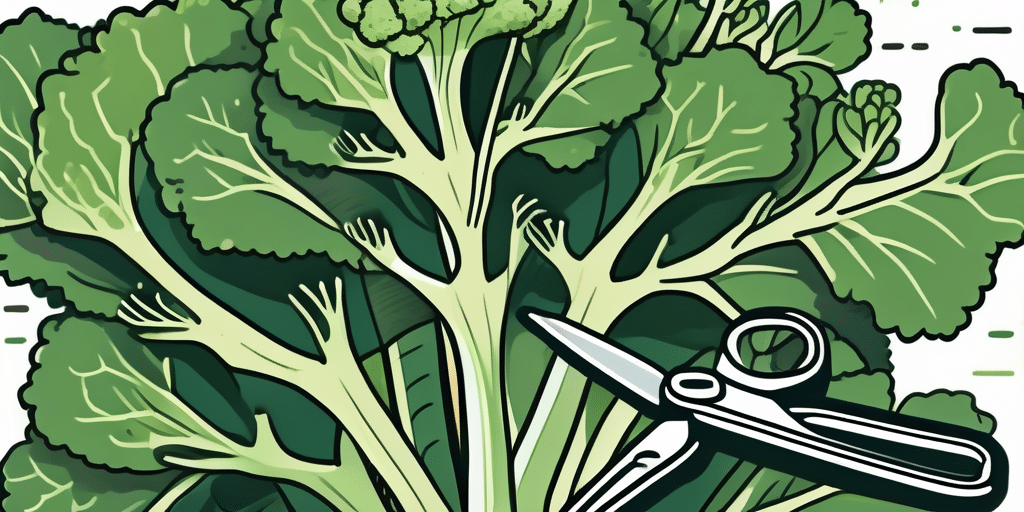Sprouting broccoli is a delicious and nutritious vegetable that can be easily grown in Zones 5a and 5b. In this article, we will discuss when to plant sprouting broccoli in these zones and how to successfully grow it. Whether you are a seasoned gardener or a beginner, you will find valuable information to help you cultivate this tasty vegetable.
Growing Sprouting Broccoli in Zones 5a and 5b
Before we delve into the details of when to plant sprouting broccoli, let’s first understand the climate and hardiness of Zones 5a and 5b. These zones are characterized by cold winters and relatively short growing seasons. It is important to choose the right variety of sprouting broccoli that is well-suited for these conditions. Look for varieties that are known for their cold tolerance.
When choosing seeds or seedlings, consider varieties such as ‘Green Magic’ or ‘Purple Sprouting’, which can withstand the cooler temperatures of Zones 5a and 5b.
It’s also worth noting that sprouting broccoli is a biennial plant, meaning it takes two seasons to complete its life cycle. The first season is dedicated to vegetative growth, while the second season focuses on flowering and seed production. In Zones 5a and 5b, it is often grown as an annual, meaning it is harvested before it reaches the flowering stage.
One important aspect to consider when growing sprouting broccoli in Zones 5a and 5b is the soil quality. Broccoli thrives in well-draining, fertile soil with a pH level between 6.0 and 7.0. Adding organic matter such as compost or well-rotted manure to the soil can help improve its structure and fertility, providing a good foundation for your broccoli plants to grow and develop.
Furthermore, proper spacing is crucial for the healthy growth of sprouting broccoli. Make sure to plant your broccoli seedlings or seeds at least 18-24 inches apart to allow for adequate air circulation and room for the plants to spread out as they grow. This spacing also helps prevent overcrowding, which can lead to increased competition for nutrients and water among the plants.
When to Plant Sprouting Broccoli in Zones 5a and 5b
The timing of planting sprouting broccoli is critical to its success. The key is to start planting well before the last frost date in spring, allowing the plant to establish robust roots and achieve a vigorous growth. It is recommended to start seeds indoors 6 to 8 weeks before the last expected frost date.
Transplanting the seedlings outdoors should be done when the soil is workable and the danger of a hard frost has passed. This usually occurs in early spring, around the same time as other cool-season crops like lettuce and spinach.
It’s worth noting that sprouting broccoli thrives in cool weather, so early spring and fall are ideal planting times. If you miss the spring planting window, you can sow seeds in late summer or early fall for a fall harvest. Be sure to provide protection from early frosts if you choose to plant in the fall.
When preparing the soil for sprouting broccoli, make sure it is well-drained and rich in organic matter. Broccoli plants prefer slightly acidic soil with a pH level between 6.0 and 7.0. Adding compost or well-rotted manure to the soil before planting can help improve its fertility and structure, providing a healthy environment for the plants to thrive.
Additionally, spacing is crucial when planting sprouting broccoli. Each plant should be given ample room to spread out and grow to its full potential. Typically, plants are spaced about 18 to 24 inches apart in rows that are 24 to 36 inches apart. Proper spacing not only allows for good air circulation, which can help prevent diseases, but also ensures that each plant receives adequate sunlight and nutrients from the soil.
When to Harvest or Pick Sprouting Broccoli in Zones 5a and 5b
Harvesting sprouting broccoli at the right time is crucial to ensure the best flavor and texture. The time from planting to harvest typically ranges from 70 to 100 days, depending on the variety and growing conditions.
When the central head of the broccoli is compact and firm, it is ready for harvest. Make a clean cut with a sharp knife at the base of the stalk, taking care not to damage the emerging side shoots. Harvest the central head before it starts to flower, as the flavor can become bitter once flowering begins.
After harvesting the central head, the plant will continue to produce side shoots. These smaller florets can be harvested regularly, providing you with a continuous supply of fresh and delicious sprouting broccoli.
It’s important to note that sprouting broccoli is a cool-season crop, thriving in Zones 5a and 5b where the temperatures are ideal for its growth. In these zones, the best time to plant sprouting broccoli is in early spring or late summer for a fall harvest. The cooler temperatures in these regions help prevent the broccoli from bolting prematurely, ensuring a bountiful harvest.
When growing sprouting broccoli in Zones 5a and 5b, it’s essential to provide consistent moisture to the plants, especially during dry spells. Mulching around the base of the plants can help retain soil moisture and regulate soil temperature, promoting healthy growth. Additionally, applying a balanced fertilizer high in nitrogen can support vigorous foliage and head development, leading to a more abundant harvest of sprouting broccoli.
Frequently Asked Questions
- Can sprouting broccoli tolerate frost?
- How do I control pests and diseases?
- Can I grow sprouting broccoli in containers?
- Can I save seeds from sprouting broccoli?
Sprouting broccoli is fairly cold-tolerant and can withstand light frosts. However, it is best to provide some protection if temperatures drop significantly below freezing.
When frost occurs, the water inside the plant’s cells freezes, causing damage to the cell walls. To protect your sprouting broccoli from frost, you can cover the plants with a frost cloth or even an old bedsheet. This will create a barrier between the cold air and the plants, helping to retain some warmth and prevent frost damage.
Pests such as aphids, cabbage worms, and slugs can pose a threat to sprouting broccoli. Regularly inspect your plants for signs of infestation and take appropriate action such as using organic insecticides or handpicking the pests.
Another effective method to control pests is by attracting beneficial insects to your garden. Ladybugs, lacewings, and parasitic wasps are natural predators of common broccoli pests. You can attract these beneficial insects by planting companion plants such as dill, fennel, and yarrow, which provide them with a source of food and shelter.
As for diseases, applying proper crop rotation, keeping the plants well-spaced for good air circulation, and practicing good sanitation can help prevent common fungal diseases. Fungal diseases like powdery mildew and clubroot can be minimized by avoiding overhead watering and ensuring that the soil is well-drained.
Absolutely! Sprouting broccoli can be grown in containers, provided they are large enough to accommodate the mature size of the plants. Make sure to choose a variety that is suitable for container gardening and provide adequate watering and fertilization.
When growing sprouting broccoli in containers, it is important to choose a pot with good drainage to prevent waterlogged roots. Additionally, using a high-quality potting mix enriched with compost will provide the necessary nutrients for healthy plant growth. Regularly monitor the moisture levels in the soil and water the plants when the top inch of soil feels dry to the touch.
Yes, sprouting broccoli can produce viable seeds. Allow some plants to flower and form seed heads. Once the seeds are fully mature, collect them, dry them thoroughly, and store them in a cool, dry place for future use.
It is important to note that sprouting broccoli is a biennial plant, meaning it takes two years to complete its life cycle. In the first year, the plant focuses on vegetative growth and produces the edible florets. In the second year, it flowers and produces seeds. By saving seeds from your sprouting broccoli, you can ensure a continuous supply of this nutritious vegetable for years to come.
Now armed with these additional insights, you can confidently grow sprouting broccoli in your garden or containers. By understanding the specific requirements, implementing pest and disease control measures, and even saving seeds for future harvests, you can enjoy a bountiful supply of delicious and nutritious sprouting broccoli.
Join Our Gardening Community
Ready to take your sprouting broccoli and garden to the next level? Subscribe for free to How to Grow Everything and learn how to build the garden of your dreams! Receive personalized gardening advice tailored to your location, grow zone, experience level, and interests. Our family is committed to helping you grow, with the best gardening tips and special offers delivered straight to your inbox. Join thousands of other gardeners who trust us for quality content—100% free, no spam, just the support you need to make your garden thrive.


